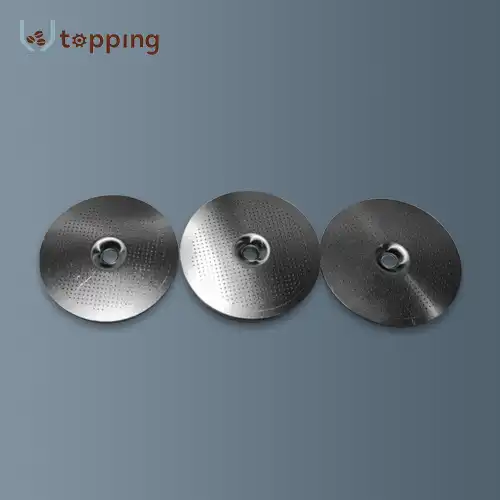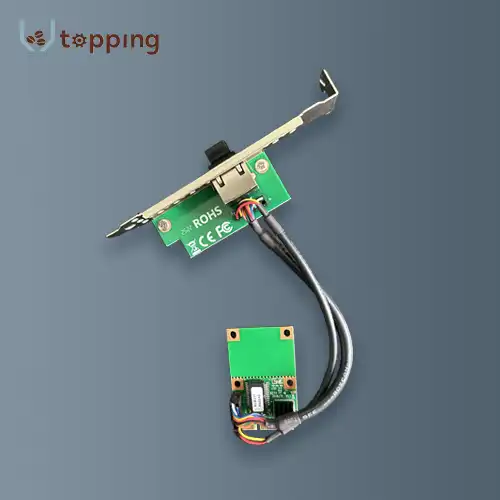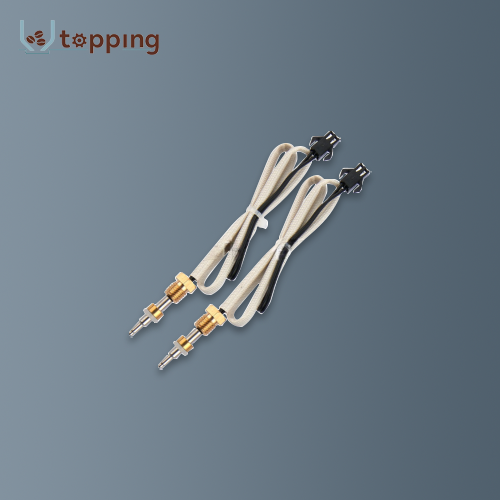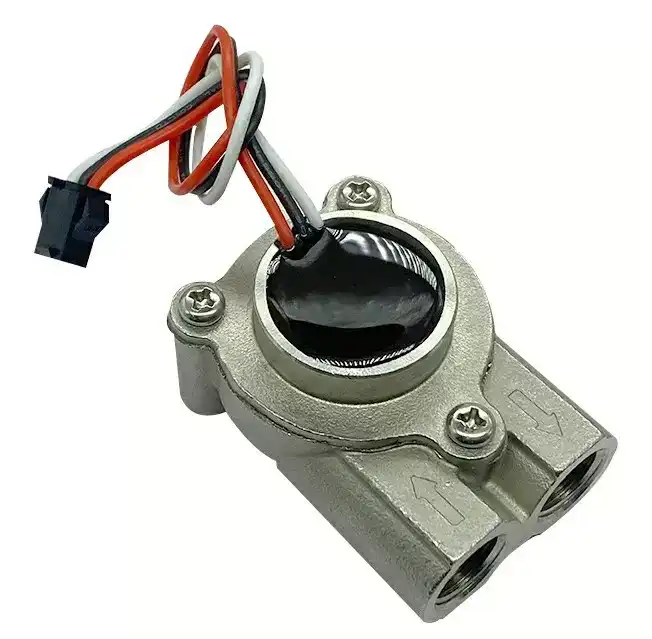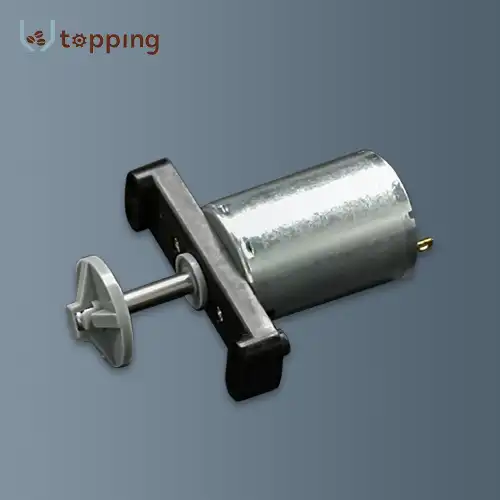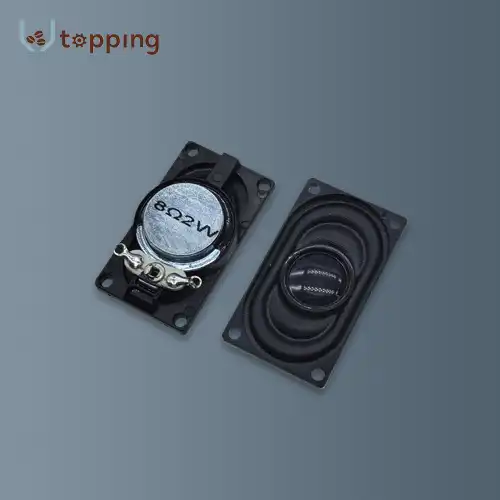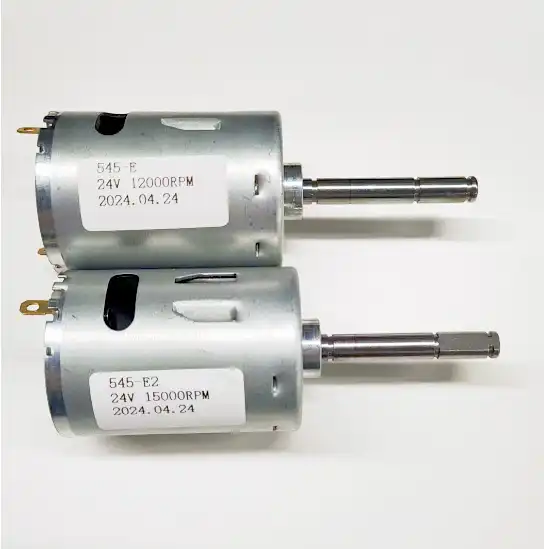What Does a Boiler Do in a Coffee Machine?
2024-07-12 16:41:56
A kettle is a significant part in an Coffee Machine Boiler, particularly in coffee creators. Its main job is to heat water to the right temperature for coffee brewing, making sure that every cup is perfect. You can appreciate the complexities of coffee making and make informed decisions about your coffee machine if you are aware of the boiler's function and the various types it comes in. In this blog entry, we will investigate the capabilities and significance of the kettle in an espresso machine, resolving normal inquiries and giving nitty gritty bits of knowledge.
What Are the Types of Coffee Machine Boilers?
Coffee Machine Boiler come in various types, each designed to achieve specific brewing goals and improve the efficiency and quality of the coffee-making process. The main types of boilers used in coffee machines are single boilers, dual boilers, and heat exchanger boilers.
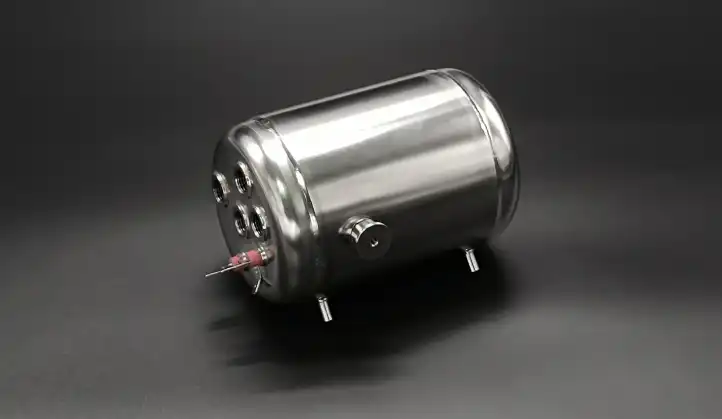
Single Boilers
Single boilers are the simplest type and are often found in entry-level espresso machines. They are designed to handle both brewing and steaming but not simultaneously.
Functionality: A single boiler heats water to the ideal temperature for brewing. After brewing, it heats the water further to produce steam for frothing milk. This process requires the user to wait between brewing and steaming.
Advantages: Simple design, lower cost, suitable for home use.
Disadvantages: Inconvenient for making multiple milk-based drinks quickly, requires waiting time between brewing and steaming.
Dual Boilers
Dual boilers are typically found in higher-end espresso machines and are designed to handle brewing and steaming simultaneously, providing more control and efficiency.
Functionality: These machines have two separate boilers: one dedicated to brewing water and another for steaming milk. This allows users to brew espresso and froth milk at the same time.
Advantages: Simultaneous brewing and steaming, precise temperature control, ideal for high-volume use.
Disadvantages: Higher cost, more complex design, larger footprint.
Heat Exchanger Boilers
Heat exchanger (HX) boilers offer a middle ground between single and dual boilers. They are designed to heat brewing water through a heat exchanger while maintaining steam pressure.
Functionality: The main boiler heats water for steaming. A heat exchanger within the boiler heats the brewing water as it passes through a separate chamber, allowing for simultaneous brewing and steaming.
Advantages: Efficient design, simultaneous brewing and steaming, more affordable than dual boilers.
Disadvantages: Can be less precise in temperature control for brewing water compared to dual boilers.
How Does Temperature Control Work in a Coffee Machine Boiler?
Temperature control is critical in coffee brewing, as different types of coffee require specific temperatures to extract the best flavors. Coffee machine boilers employ various methods to maintain consistent and accurate temperatures.
Thermostats and Pressurestats
Thermostats and pressurestats are common components in coffee machine boilers, used to regulate temperature and pressure.
Thermostats: These devices monitor the temperature of the water and activate the heating element as needed to maintain a consistent temperature.
Pressurestats: These control the pressure within the boiler, which is directly related to the temperature. By maintaining a set pressure, the pressurestat ensures that the water temperature remains stable.
PID Controllers
PID (Proportional-Integral-Derivative) controllers are advanced temperature control systems that offer precise control over the boiler temperature.
Functionality: PID controllers continuously monitor the temperature and adjust the heating element's power to minimize fluctuations. This results in more stable and accurate temperatures.
Advantages: Greater temperature stability, improved espresso quality, programmable temperature settings.
Disadvantages: Higher cost, more complex setup.
How Does Boiler Design Affect Coffee Quality?
The design of a coffee machine boiler plays a significant role in determining the quality of the coffee. Factors such as the material, size, and design of the boiler can impact the temperature stability and efficiency of the machine.
Boiler Material
The material of the boiler affects its heat retention and durability.
Stainless Steel: Known for its durability and resistance to corrosion, stainless steel is a common material for coffee machine boilers. It provides good heat retention and a long lifespan.
Copper: Copper boilers offer excellent thermal conductivity, ensuring quick and even heating. They are often used in high-end machines but can be more prone to scaling and require regular maintenance.
Brass: Brass is another good conductor of heat and is often used in combination with other materials to enhance durability and efficiency.
Boiler Size
The size of the boiler affects its capacity to heat and store water.
Smaller Boilers: Heat up quickly and are suitable for home use or low-volume settings. They may struggle with temperature stability during extended use.
Larger Boilers: Provide better temperature stability and are ideal for commercial settings or high-volume use. They take longer to heat up but can maintain consistent temperatures over longer periods.
Boiler Insulation
Insulation helps maintain the temperature within the boiler and reduces energy consumption.
Insulated Boilers: Use materials like foam or ceramic to insulate the boiler, minimizing heat loss and improving efficiency.
Non-Insulated Boilers: May lose heat more quickly, requiring the heating element to work harder to maintain the desired temperature.
What Are the Common Problems with Coffee Machine Boilers?
Temperature Fluctuations
Temperature fluctuations can significantly impact the quality of the Coffee Machine Boiler. Inconsistent temperatures can lead to under-extraction or over-extraction, affecting the flavor profile of the espresso.
Causes of Temperature Fluctuations
Thermostat Failure: If the thermostat is malfunctioning, it may not regulate the temperature effectively, leading to fluctuations.
Pressurestat Issues: Problems with the pressurestat can cause inconsistent pressure and, consequently, temperature variations.
Scale Build-Up: Mineral deposits from hard water can accumulate inside the boiler, insulating the heating element and causing temperature inconsistencies.
Solutions
- Regular Maintenance: Regularly descaling the boiler and checking the thermostat and pressurestat can help maintain stable temperatures.
- Using Filtered Water: Reducing the mineral content in the water can prevent scale build-up and improve temperature stability.
Steam Pressure Problems
Steam pressure issues can affect the ability to froth milk and create the desired texture for milk-based drinks.
Causes of Steam Pressure Problems
Insufficient Heating: If the boiler is not reaching the necessary temperature, the steam pressure will be inadequate.
Leaks: Leaks in the boiler or steam wand can reduce steam pressure and efficiency.
Scale Build-Up: Similar to temperature fluctuations, scale build-up can affect the boiler's ability to generate sufficient steam pressure.
Solutions
Inspecting for Leaks: Regularly check the boiler and steam wand for any signs of leaks and repair them promptly.
Maintaining the Boiler: Regular descaling and maintenance can ensure the boiler generates adequate steam pressure.
Electrical Issues
Electrical issues can cause the boiler to malfunction, affecting the overall performance of the coffee machine.
Causes of Electrical Issues
Faulty Wiring: Damaged or faulty wiring can prevent the boiler from heating properly.
Component Failure: Failure of electrical components such as the heating element, thermostat, or PID controller can cause the boiler to malfunction.
Power Supply Problems: Inconsistent power supply or voltage fluctuations can impact the boiler's performance.
Solutions
Professional Inspection: If you suspect electrical issues, it's best to have the coffee machine inspected by a professional technician.
Regular Maintenance: Regularly checking the electrical components and wiring can prevent issues from arising.
How Can You Maintain Your Coffee Machine Boiler?
Regular Descaling
Descaling is a critical maintenance task that involves removing mineral deposits from the boiler. These deposits, commonly known as scale, can affect the Coffee Machine Boiler's performance and lead to temperature and pressure issues.
Importance of Descaling
Improves Performance: Removing scale build-up ensures that the heating element can operate efficiently, maintaining stable temperatures and steam pressure.
Extends Lifespan: Regular descaling prevents damage to the boiler and other components, extending the overall lifespan of the coffee machine.
Enhances Coffee Quality: Consistent temperatures and pressure result in better coffee extraction and milk frothing, enhancing the quality of the coffee.
How to Descale Your Coffee Machine
Use Descaling Solution:Follow the manufacturer's instructions to use a descaling solution specifically designed for coffee machines.
Run the Solution Through the Machine: Fill the water reservoir with the descaling solution and run it through the machine, including the boiler and steam wand.
Rinse Thoroughly: After descaling, rinse the machine thoroughly with clean water to remove any remaining solution.
Regular Inspections
Regular inspections can help identify potential issues before they become serious problems. By checking the boiler and other components regularly, you can ensure that your coffee machine continues to operate efficiently.
Inspecting for Leaks
Check Boiler Seals: Inspect the seals around the boiler for any signs of wear or leaks.
Check Steam Wand: Ensure that the steam wand is not leaking and that the seals are intact.
Checking Electrical Components
Inspect Wiring: Regularly check the wiring for any signs of damage or wear.
Test Heating Element: Ensure that the heating element is functioning properly and maintaining the correct temperature.
Using Filtered Water
Using filtered water can significantly reduce the amount of scale build-up in the boiler, improving its performance and lifespan.
Benefits of Filtered Water
Reduces Mineral Deposits: Filtered water has fewer minerals, reducing the amount of scale that can build up in the boiler.
Improves Coffee Flavor: Filtered water can enhance the flavor of the coffee by removing impurities and chlorine.
Professional Servicing
For more complex
maintenance tasks and repairs, consider having your coffee machine professionally serviced. A professional technician can thoroughly inspect and maintain the boiler and other components, ensuring that your machine operates at peak performance.
When to Seek Professional Help
Major Repairs: For significant issues such as electrical problems or major leaks, professional servicing is recommended.
Regular Maintenance: Regular professional maintenance can prevent issues from arising and extend the lifespan of your coffee machine.
Conclusion
Understanding the role of the boiler in a Coffee Machine Boiler and how to maintain it is crucial for ensuring that your coffee machine operates efficiently and produces high-quality coffee. Regular maintenance, including descaling, inspections, and using filtered water, can help keep your boiler in top condition. By addressing common problems and seeking professional help when needed, you can enjoy delicious, perfectly brewed coffee for years to come.
References
1. Home Grounds. (2023). The Complete Guide to Coffee Grinders. Retrieved from https://www.homegrounds.co/coffee-grinders/
2. Coffee Geek. (2023). Understanding Coffee Grinder Motors. Retrieved from https://www.coffeegeek.com/guides/understanding-coffee-grinder-motors
3. Barista Institute. (2022). How to Choose the Right Coffee Grinder. Retrieved from https://www.baristainstitute.com/how-to-choose-right-coffee-grinder
4. Consumer Reports. (2023). Best Coffee Grinders of 2023. Retrieved from https://www.consumerreports.org/coffee-grinders/best-coffee-grinders-of-2023/
5. Perfect Daily Grind. (2023). AC vs DC Motors in Coffee Grinders. Retrieved from https://www.perfectdailygrind.com/ac-vs-dc-motors-in-coffee-grinders/
6. The Spruce Eats. (2023). How to Clean a Coffee Grinder. Retrieved from https://www.thespruceeats.com/how-to-clean-a-coffee-grinder-4160333
7. Seattle Coffee Gear. (2023). Burr vs Blade Coffee Grinders: What’s the Difference? Retrieved from https://www.seattlecoffeegear.com/learn/burr-vs-blade-coffee-grinders
8. Coffee Detective. (2023). Tips for Maintaining Your Coffee Grinder. Retrieved from https://www.coffeedetective.com/coffee-grinder-maintenance-tips
9. Wired. (2023). The Best Coffee Grinders. Retrieved from https://www.wired.com/review/best-coffee-grinders/
10. Espresso Parts. (2023). Coffee Grinder Maintenance Tips. Retrieved from https://www.espressoparts.com/blogs/news/coffee-grinder-maintenance-tips
Send Inquiry
Related Industry Knowledge
- Can You Adjust the Boiler Temperature in Coffee Machines?
- What Is a Single Boiler Coffee Machine?
- How Can You Adjust Mixer Settings for Different Coffee Blends?
- What are the advantages of the Vending Machine Spiral Motor?
- How Do You Clean a Plastic Coffee Hopper?
- How Much Coffee Beans to Put in a Hopper?
- How do you ensure the stability and durability of the vending machine board?
- Coffee Vending Machine Mixing Systems Components
- What Factors Influence the Selection of Mixing Systems for Vending Machines?
- What does a solenoid valve do in an espresso machine?

